Optimal Timing for Lead Paint Removal
Lead paint removals are most effectively performed during specific times of the year to ensure safety and compliance. Optimal conditions include mild weather with low humidity and stable temperatures, which facilitate proper containment and ventilation. Performing removals in the late spring or early fall can minimize disruptions due to weather extremes.
Spring offers moderate temperatures and longer daylight hours, ideal for lead paint removal projects. It allows sufficient time for preparation and safe completion before summer.
Fall provides cooler weather and less humidity, reducing the risk of paint fumes dispersing unpredictably. It is suitable for projects aiming for completion before winter.
Winter conditions can hinder proper ventilation and increase safety risks. Cold temperatures may also affect the effectiveness of removal materials and procedures.
Performing lead paint removals during dry, mild weather minimizes moisture-related issues and ensures containment measures are effective.

Spring weather conditions support safe and efficient lead paint removal activities.
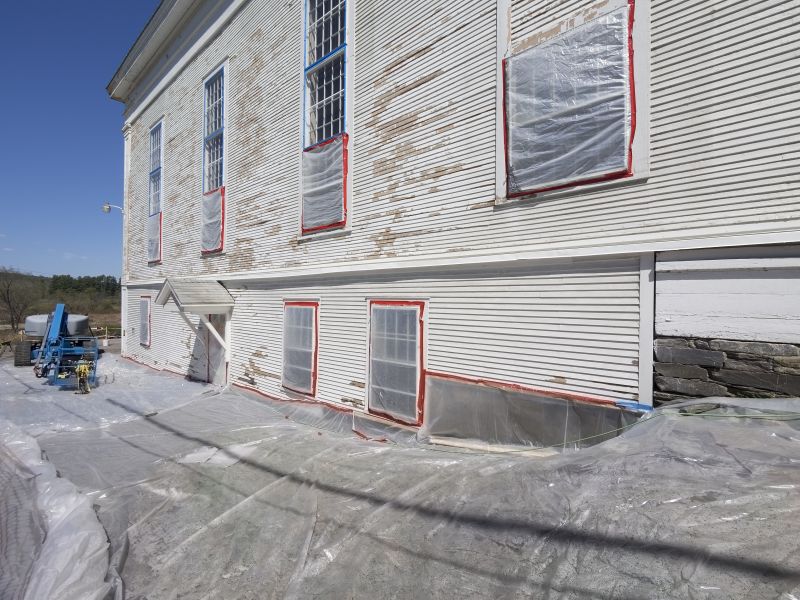
Optimal fall conditions facilitate effective lead paint removal with minimal weather disruptions.
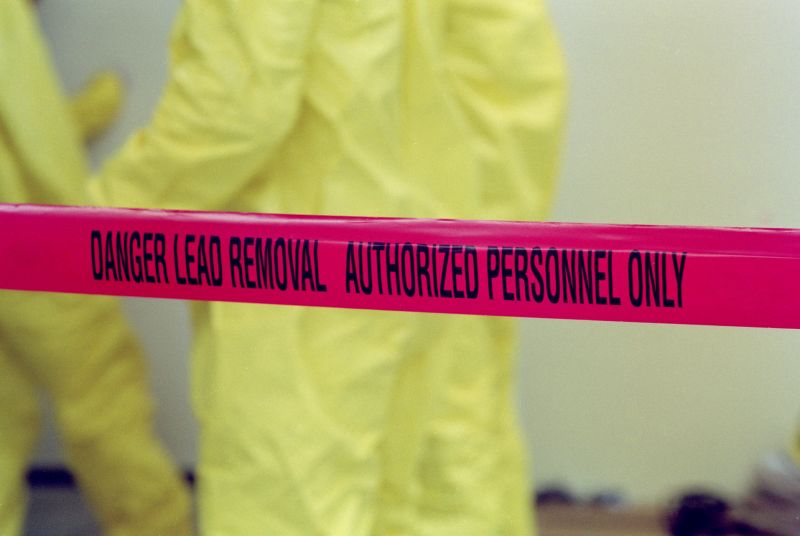
Weather plays a crucial role in the safety and success of lead paint removal projects.

Ensuring good ventilation is vital, especially during mild weather conditions.
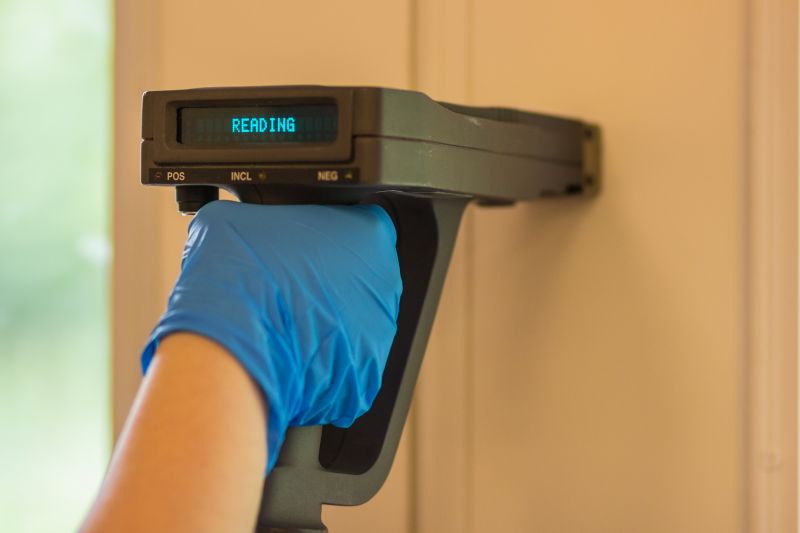
Ways to make Lead Paint Removals work in tight or awkward layouts.
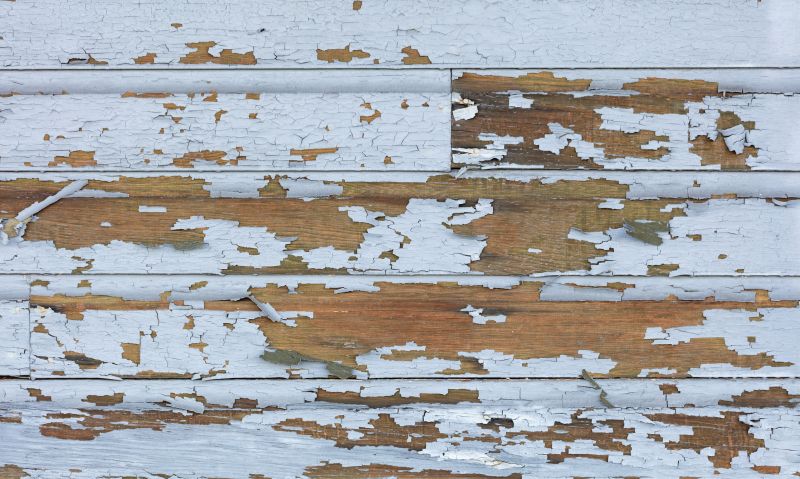
Popular materials for Lead Paint Removals and why they hold up over time.
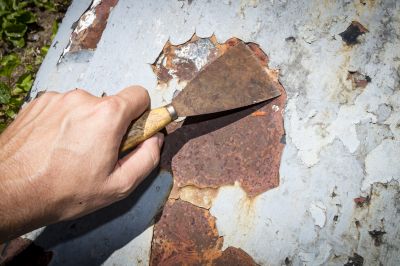
Simple add-ons that improve Lead Paint Removals without blowing the budget.
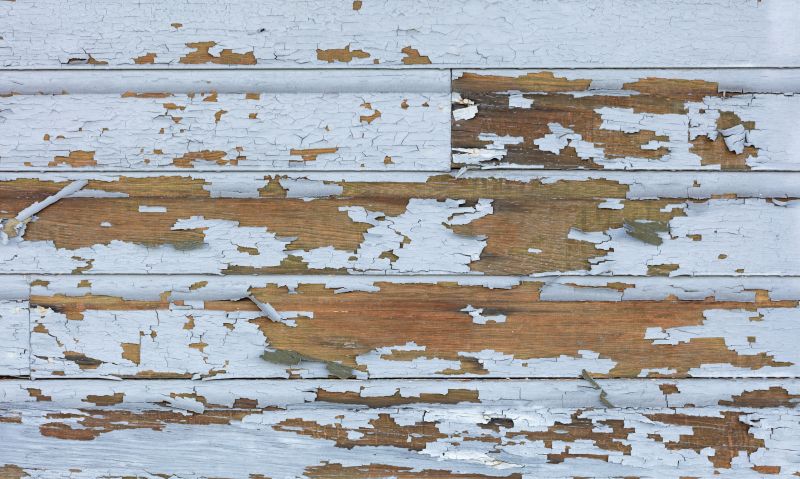
High-end options that actually feel worth it for Lead Paint Removals.
| Season | Best Practice |
|---|---|
| Spring | Ideal for projects due to moderate weather and longer daylight hours. |
| Summer | Not recommended due to high temperatures and humidity. |
| Fall | Suitable for lead paint removal with cooler temperatures and lower humidity. |
| Winter | Generally avoided because of cold weather and safety concerns. |

Proper equipment ensures safety and efficiency during removal projects.

Effective containment prevents lead dust from dispersing during removal.

Following best practices minimizes health risks associated with lead paint.

Finishes and colors that play nicely with Lead Paint Removals.

Little measurements that prevent headaches on Lead Paint Removals day.

A 60-second routine that keeps Lead Paint Removals looking new.

A frequent mistake in Lead Paint Removals and how to dodge it.

Small tweaks to make Lead Paint Removals safer and easier to use.
Individuals considering lead paint removal should plan projects during seasons with favorable weather conditions. This approach enhances safety protocols and ensures compliance with health standards. Proper timing, combined with effective containment and ventilation, reduces potential lead exposure risks.
Interested parties are encouraged to contact for further information or to schedule a lead paint removal assessment. Proper planning and execution are essential for a safe and effective process.
